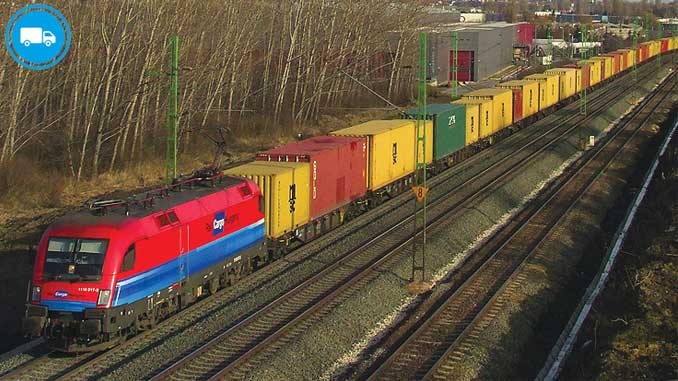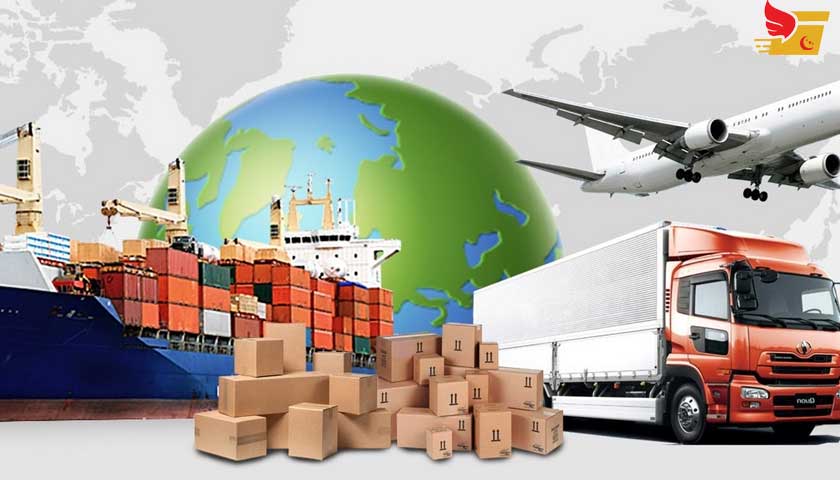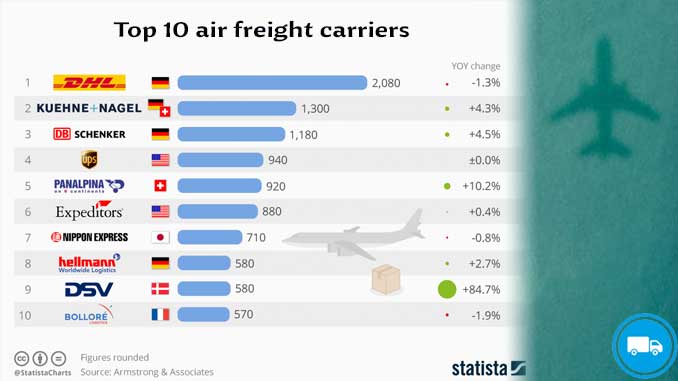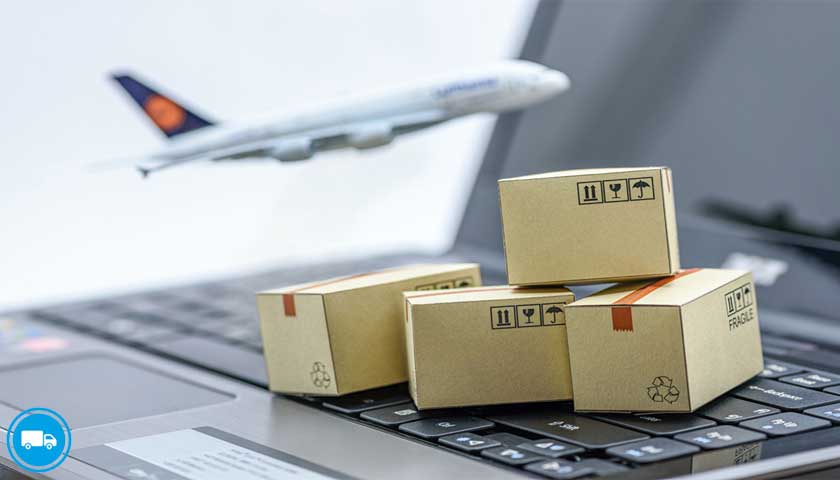Trains are capable of transporting a large number of containers that come from shipping ports. Trains are also used for the transportation of water, cement, grain, steel, wood and coal. They are used because they can carry a large amount and generally have a direct route to the destination. Under the right circumstances, freight transport by rail is more economic and energy efficient than by road, especially when carried in bulk or over long distances.
The main disadvantage of rail freight is its lack of flexibility. For this reason, rail has lost much of the freight business to road transport. Rail freight is often subject to transshipment costs, since it must be transferred from one mode of transportation to another. Practices such as containerization aim at minimizing these costs. When transporting point-to-point bulk loads such as cement or grain, with specialised bulk handling facilities at the rail sidings, rail mode of transport remains the most convenient and preferred option.
Many governments are currently trying to encourage shippers to use trains more often because of the environmental benefits.
Rail freight transport
Rail freight transport is the use of railroads and trains to transport cargo as opposed to human passengers.
A freight train or goods train is a group of freight cars (US) or goods wagons (International Union of Railways) hauled by one or more locomotives on a railway, transporting cargo all or some of the way between the shipper and the intended destination as part of the logistics chain. Trains may haul bulk material, intermodal containers, general freight or specialized freight in purpose-designed cars.[1] Rail freight practices and economics vary by country and region.
When considered in terms of ton-miles or tonne-kilometers hauled per unit of energy consumed, rail transport can be more efficient than other means of transportation. Maximum economies are typically realized with bulk commodities (e.g., coal), especially when hauled over long distances. However, shipment by rail is not as flexible as by the highway, which has resulted in much freight being hauled by truck, even over long distances. Moving goods by rail often involves transshipment costs, particularly when the shipper or receiver lack direct rail access. These costs may exceed that of operating the train itself, a factor that practices such as containerization aim to minimize.




